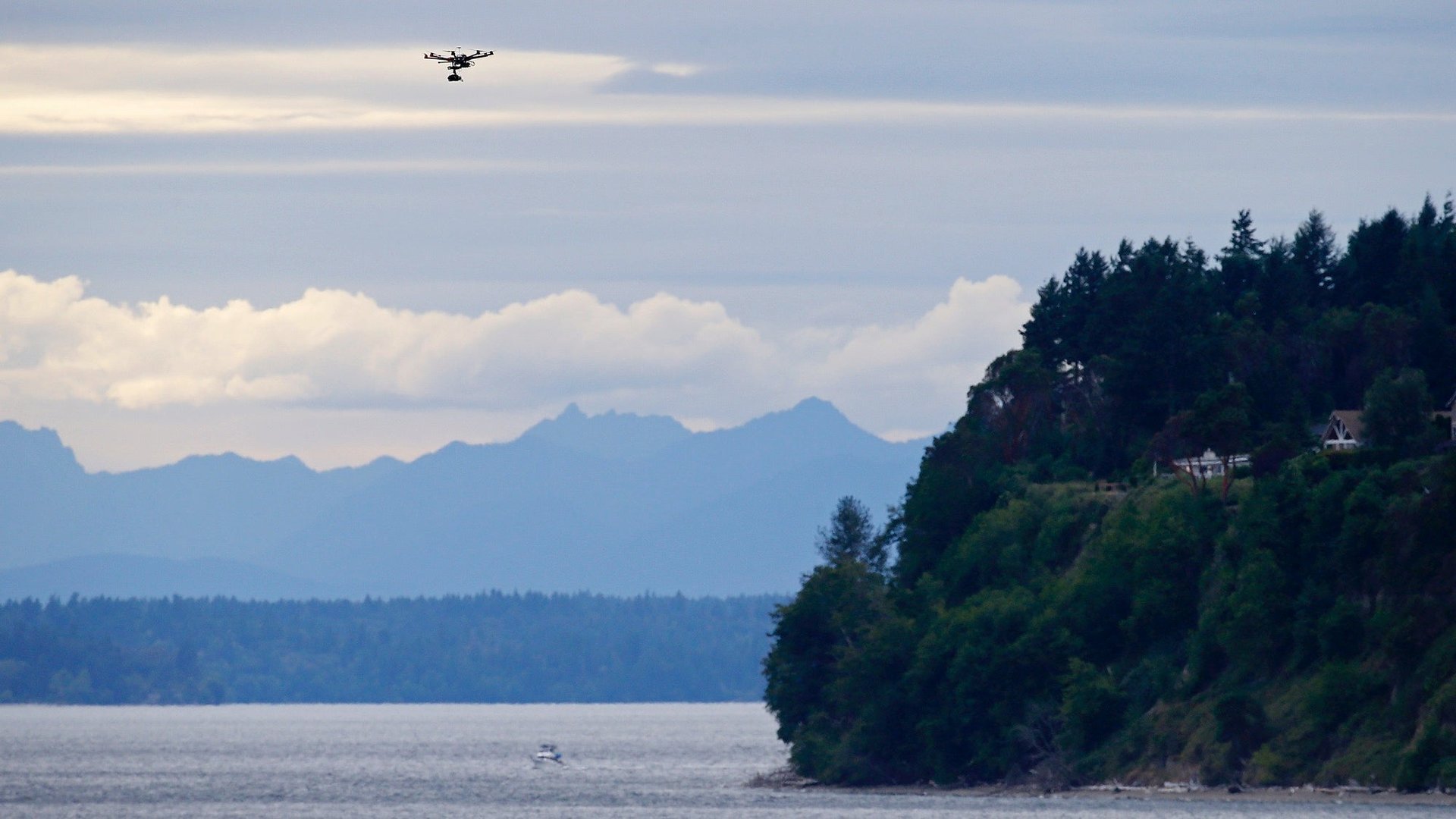Here’s why drone cameras take such smooth, immersive video
Every video you’ve seen of someone doing something extreme with a GoPro camera is choppy, shaky, and sort of nauseating. That’s because the cameras are usually attached to someone’s hand, head or whatever method of transport they’ve chosen to risk their lives on. Those things don’t tend to be very stable, making footage a mess. Footage shot from drones, however, always seems to be smooth and serene, even though most consumer drones use GoPro cameras. It’s like you’re watching someone floating with a steadicam in their hands. How do drone cameras get such smooth shots? By using a gimbal—a piece of technology dating back thousands of years.


Every video you’ve seen of someone doing something extreme with a GoPro camera is choppy, shaky, and sort of nauseating. That’s because the cameras are usually attached to someone’s hand, head or whatever method of transport they’ve chosen to risk their lives on. Those things don’t tend to be very stable, making footage a mess. Footage shot from drones, however, always seems to be smooth and serene, even though most consumer drones use GoPro cameras. It’s like you’re watching someone floating with a steadicam in their hands. How do drone cameras get such smooth shots? By using a gimbal—a piece of technology dating back thousands of years.
The gimbal has been around in some capacity since at least 200 BC. It’s essentially a series of support structures that can move along an axis, holding an object in the middle in one place. They’re used on ships to keep objects like compasses and even pool tables in place as the ship rocks against waves. Gimbals that can hold a camera steady in three axes, or planes, have been used in filming for years to reduce the shaking that comes from a person filming something while moving. They’re usually powered by a motor that controls each axis, and computer systems can be used to determine whether a person is asking the camera to move, or if it’s just shaking.
This sort of technology has been made small and light enough to fit on a consumer drone—which tend to only weigh a few pounds.
Gimbals allow budding videographers to get shots of stunning landscapes and action sports pretty easily. All you need is a drone, lots of spare batteries—they don’t last for very long—and something worth pointing a drone at.
That could be you surfing in Hawaii:
Or the eerily beautiful scenery of Norway:
Or your snowboarding antics in the French Alps:
Or what it’s like to work on a new tunnel that cuts underneath London:
There are handheld gimbals that will make your Tough Mudder runs look a bit steadier, but the ancient technology really shows its utility when it captures things that the average human can’t. The drone-based gimbal allows for all these videos to have the smooth, expansive style that, up until a few years ago, would’ve required dangling expensive cameras off the end of expensive cranes. Now anyone can get that kind of shot for about $1,000—assuming they can fly a drone.